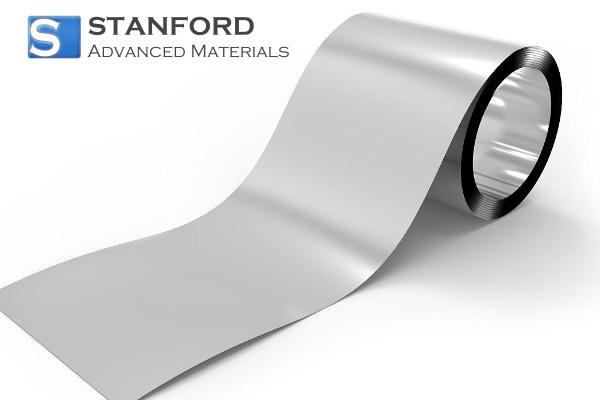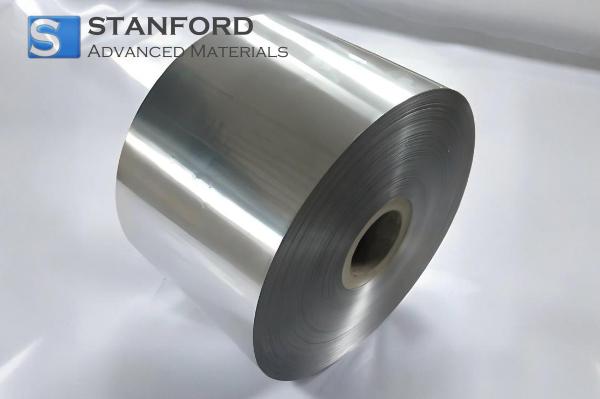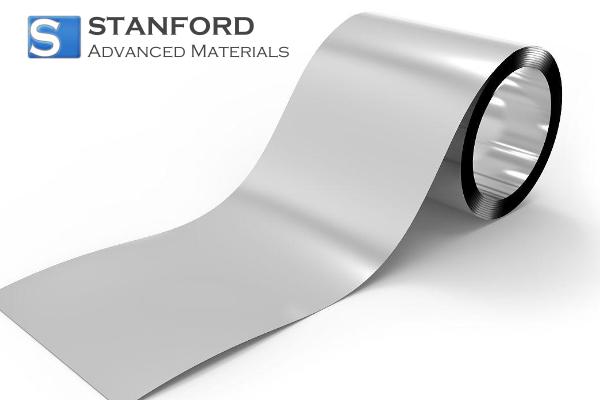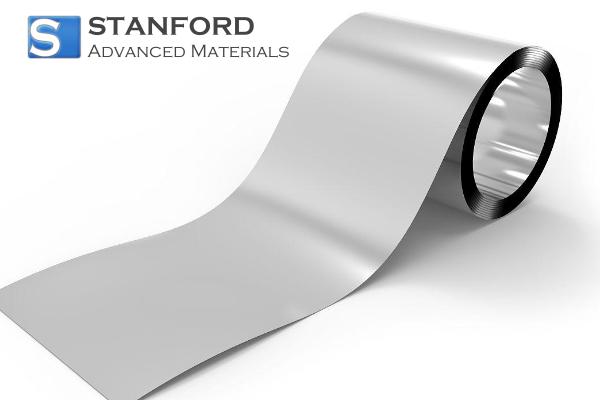Gold: Element Properties And Uses
Introduction to the Element
Gold throughout history has been sought after for its scarcity, attractiveness, and durability, playing a pivotal role in art, currency, and ritual items. Its intrinsic properties, however, ensure it remains irreplaceable in contemporary industrial, technological, and medical applications, thereby guaranteeing its ongoing utility alongside its cultural and aesthetic significance.
Physical Properties of Gold
Gold possesses remarkable and unusual physical attributes:
• Density: Gold has a density of 19.32 g/cm³, ranking it among the densest metals. A minuscule nugget will weigh disproportionately more, demonstrating its mass-to-volume ratio.
• Malleability and Ductility: Gold is the most malleable and ductile metal known. An ounce can be beaten into a sheet covering 27.87 square metres or drawn into wire over 80 kilometres long. This property is ideal for applications requiring thin layers, such as gold leaf on artwork or reflective coatings on electronics.
• Luster: It possesses a rich metallic luster that endures and remains visually appealing, retaining its shine for centuries without corroding.
• Softness: 24-carat or pure gold is soft, therefore it is alloyed with copper, silver, or palladium to create jewellery and functional items.
• Conductivity: Gold is an effective conductor of electricity and heat, which leads to its use in high-reliability electronic connectors and circuitry.
Chemical Properties of Gold
The chemical properties of gold are equally remarkable:
• Inertness: As a noble metal, gold does not oxidise or corrode, explaining why ancient artefacts are found in excellent condition even after millennia.
• Acid Resistance: Gold is largely inert to most acids but dissolves in aqua regia (a mixture of nitric and hydrochloric acids), a method used for centuries to purify gold.
• Oxidation States: Gold is primarily found in +1 (aurous) and +3 (auric) oxidation states, with -1, +2, and +5 oxidation states appearing in rare scenarios. These are all significant in catalysis, electroplating, and chemical synthesis.
Basic Material Characteristics
|
Property |
Value |
Unit |
|
Atomic Number |
79 |
- |
|
Atomic Weight |
196.97 |
g/mol |
|
Melting Point |
1,064 |
°C |
|
Boiling Point |
2,856 |
°C |
|
Density |
19.32 |
g/cm³ |
|
Electrical Conductivity |
Very High |
- |
For more information, please check Stanford Advanced Materials (SAM).
Common Uses of Gold
Gold's versatility arises from its unique properties:
1. Jewellery and Decorative Arts
75% of all gold mined is used in jewellery. Its malleability facilitates intricate designs, and its inertness prevents rings, necklaces, and other decorative items from tarnishing over time. It is also employed in the form of gold leaf in artistic and architectural decoration, for instance, gilded domes and religious icons.
2. Electronics
Gold's excellent conductivity and resistance to corrosion position it at the forefront of high-reliability switches, circuit boards, and connectors. Gold-plating on smartphone connectors, for instance, ensures consistent signal integrity despite repeated mechanical stress. An average modern smartphone contains 0.03 to 0.05 grams of gold, illustrating the effectiveness of minimal quantities.
3. Investment and Finance
Gold serves as a traditional store of value, historically used in coins, bullion, and central bank reserves. Its rarity and stability enable its function as a hedge against inflation, currency devaluation, and market volatility.
4. Dentistry
Gold alloys are frequently used in crowns, bridges, and fillings due to their hardness and biocompatibility. Unlike other metals, gold does not corrode in the mouth, allowing for the creation of durable dental restorations.
5. Aerospace and High-Tech Applications
Gold thin films are utilized in spacecraft as thermal insulation to reflect solar radiation for temperature control. Astronauts' helmets are coated in gold to protect their eyes from harmful UV radiation.
6. Medicine
Radioisotopes such as Au-198 have applications in cancer treatment, while gold nanoparticles are under investigation for targeted drug delivery and diagnostic imaging. These exploit gold's inertness and the potential for functionalisation with biomolecules.
Frequently Asked Questions
What are the physically and chemically unique properties of gold?
Gold demonstrates high density, malleability, ductility, conductivity, and chemical inertness—properties significant for both artistic and industrial uses.
How is industrial gold refined?
Industrial gold undergoes mining, crushing, chemical separation, and is refined through cyanidation and electrorefining processes.
Why is gold used in electronics despite the cost?
Its reliability, resistance to corrosion, and conductivity justify its use in critical systems where failure is unacceptable, such as aviation and medicine.
Can gold alloys enhance performance?
In fact, gold alloying provides strength and hardness without compromising conductivity or corrosion resistance by integrating gold with metals such as copper, silver, or palladium.
In what ways do gold-containing products enhance industries?
Electronics are rendered more reliable, dental materials guarantee biocompatibility, and aerospace products receive thermal protection, showcasing gold's versatility across various sectors.

 Bars
Bars
 Beads & Spheres
Beads & Spheres
 Bolts & Nuts
Bolts & Nuts
 Crucibles
Crucibles
 Discs
Discs
 Fibers & Fabrics
Fibers & Fabrics
 Films
Films
 Flake
Flake
 Foams
Foams
 Foil
Foil
 Granules
Granules
 Honeycombs
Honeycombs
 Ink
Ink
 Laminate
Laminate
 Lumps
Lumps
 Meshes
Meshes
 Metallised Film
Metallised Film
 Plate
Plate
 Powders
Powders
 Rod
Rod
 Sheets
Sheets
 Single Crystals
Single Crystals
 Sputtering Target
Sputtering Target
 Tubes
Tubes
 Washer
Washer
 Wires
Wires
 Converters & Calculators
Converters & Calculators
 Write for Us
Write for Us




 Chin Trento
Chin Trento



